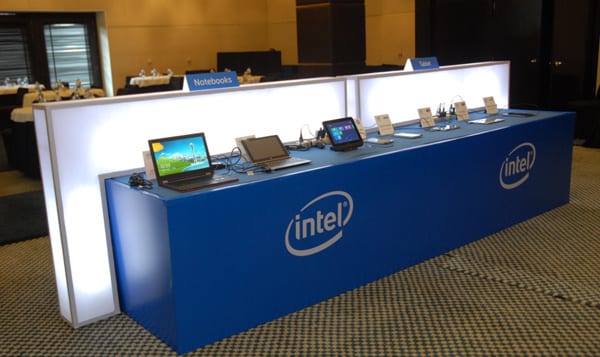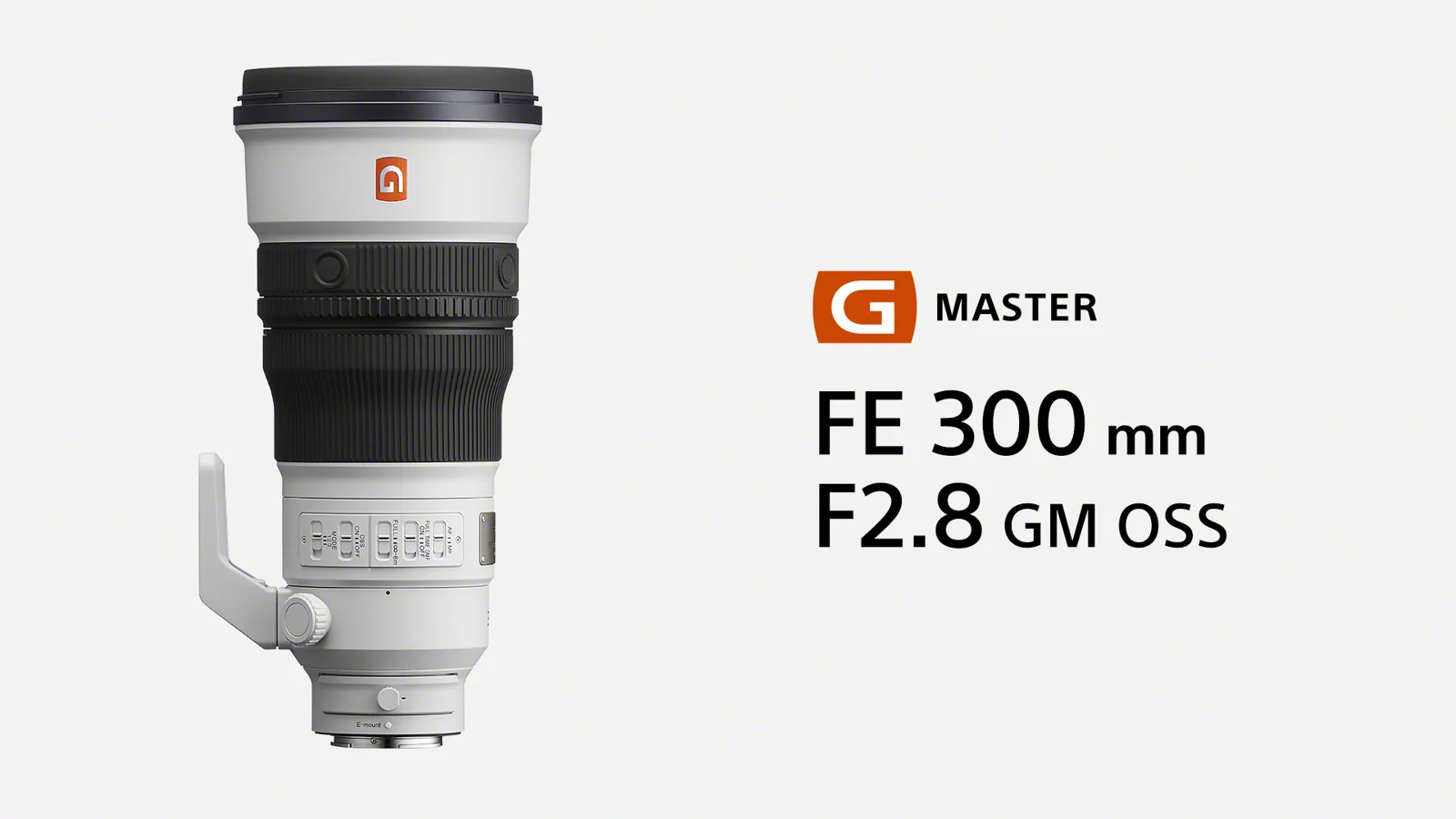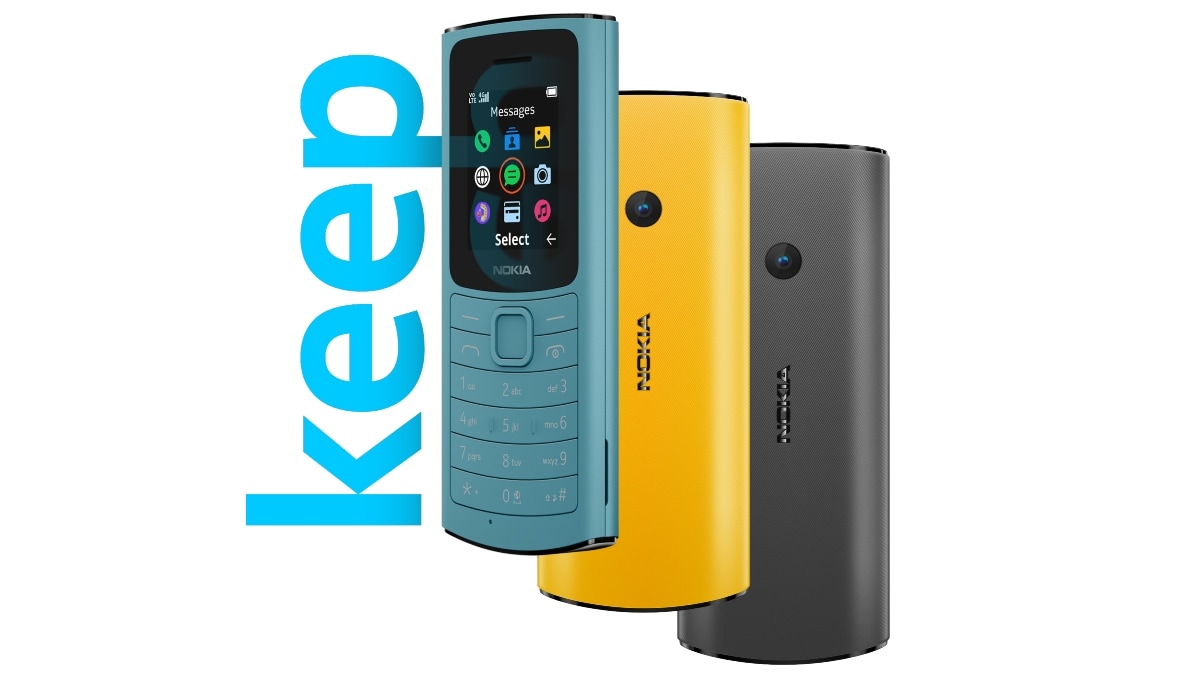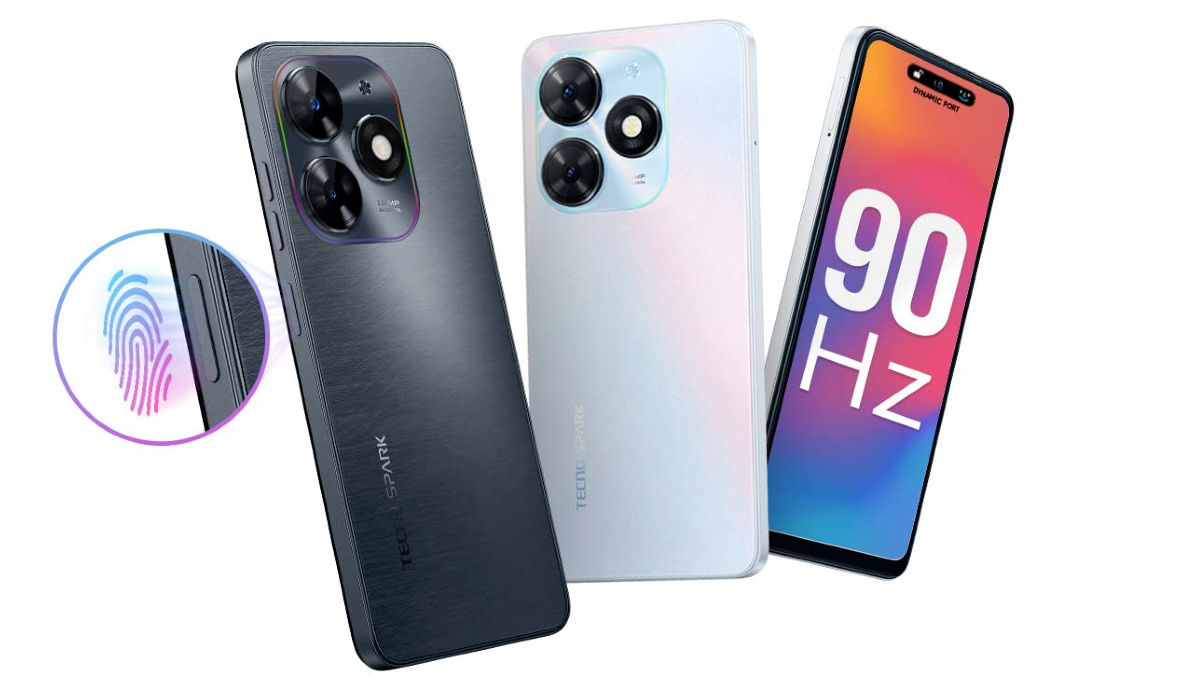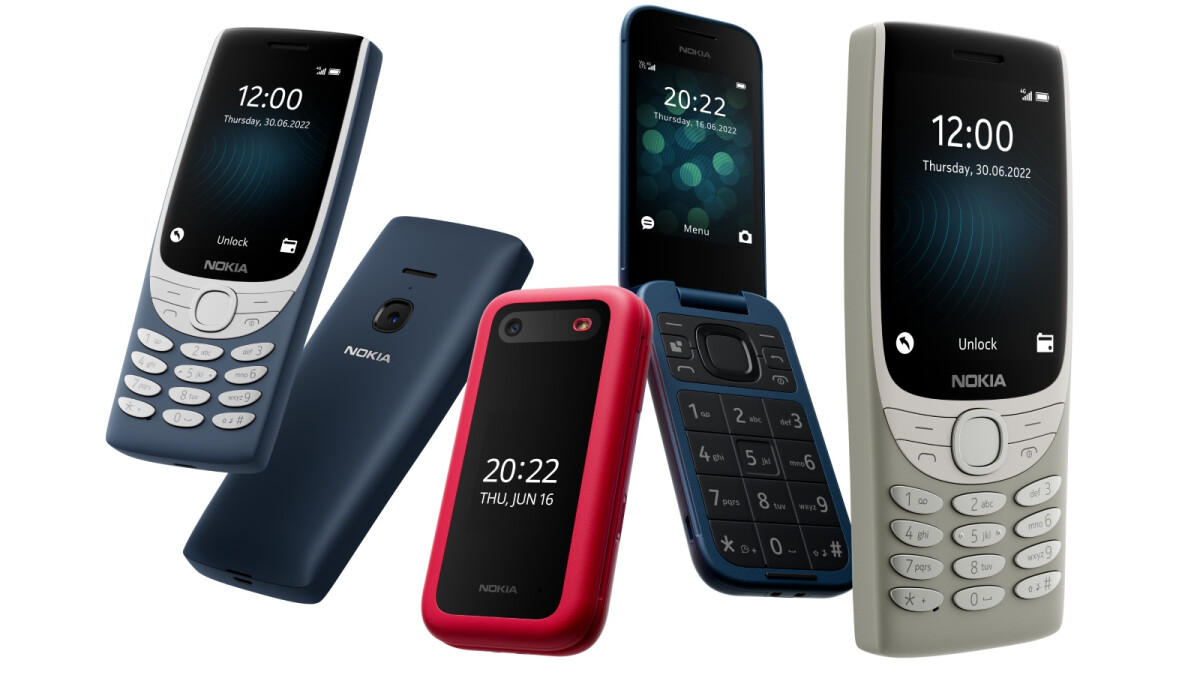
Intel outlined its strategy to accelerate its growth in India, driven by an increased focus on new mobile form factors like 2 in 1s and Tablets. It also showcased a portfolio of these devices available in the Indian market today, offered by various OEMs.
At the high end of tablets, some consumers are choosing 2 in 1devices to get the best of both worlds. 2 in 1 devices represent a new category of computing. OEMs are developing a range of devices that provide consumers with a choice, combining the creation capability of a notebook or laptop and the consumption capability of a tablet into the one device.
At the press briefing, Intel displayed a range of Tablets and 2 in1s from Acer, ASUS, Dell, ECS, HP, and Lenovo. Intel estimates the overall tablet demand in Asia Pacific and Japan will be up 32 per cent Year-on-Year in 2014. In particular, India, Indonesia, Japan and Australia will equate to 59 per cent of tablet demand. Tablet demand in India is forecast at 18% of the Asia Pacific and Japan (ex-China) demand for 2014.
According to Sandeep Aurora, Director-Marketing and Market Development, Intel South Asia, “There are over 200 million middle-class potential customers in India alone for different screen sizes across different price points. We are seeing a lot of traction in the 7 to 9 inch space here. We are working with our OEM partners to bring Intel-based tablets starting Rs10, 000. We are also being aggressive in customizing our solutions for the enterprises as well as manifesto driven state governments.”
Intel’s Bay Trail: Multicore SoC Family for Mobile Devices
Based on a new low-power, high-performance microarchitecture “Silvermont,” (announced in May 2013), “Bay Trail” is Intel’s first tri-gate 3-D 22nm quad core SoC and its most powerful processor to-date for tablets and other sleek devices that provide a balance of performance, features and battery life. The flexibility of the Silvermont microarchitecture allowed Intel to deliver multiple variants of the platform to market for the tablet, 2 in 1, entry laptop and desktop and all-in-one (AIO) segments. “Bay Trail-T” is the next-generation 22nm quad-core Intel® Atom™ SoC for tablets and 2 in 1 devices. The “Bay Trail-M” and “Bay Trail-D” parts are for innovative entry-level laptops, 2 in 1s, desktops and AIOs that will be branded Intel® Pentium® and Intel® Celeron®. On display at the event was the Baytrail-M based Lenovo Ideapad Flex 10 Laptop and a few Baytrail-T based devices like the Asus* Transformer Book T-100, Dell* Venue Pro 8 tablet and the HP* Omni10.
New Intel® Atom™ Processors-Merrifield and Moorefield
Intel also talked about the upcoming 2.13GHz Intel Atom processor Z3480 (“Merrifield”) that offers the ideal combination of fast, smart performance and long battery life for Android smartphones and tablets. The 64-bit ready SoC delivers best-in-class compute performance for the mainstream and performance segments, and solidly outperforms the competition in compute-intensive application, web application and light media editing performance. Merrifield also delivers best-in-class battery life.
Also coming soon is the next-generation 64-bit Intel Atom processor, code-named “Moorefield” in devices expected to be available second half of this year. Building on the Merrifield feature set, Moorefield adds two additional Intel architecture (IA) cores for up to 2.3GHz of compute performance, an enhanced GPU and support for faster memory.Moorefield is optimized for Intel’s 2014 LTE platform, the Intel® XMM™ 7260, which the company introduced at the Mobile World Congress earlier this year.
Updates from Computex 2014
Earlier this month, at Computex Taipei, Intel announced that 130 new Intel based Android and Windows tablets are debuting in the market from global OEMs and ODMs this year. Intel also unveiled the 14nm Intel® Core™ M Processor for Fanless 2 in 1 Designs which will be the first 14nm product in market in the second half of this year. It is the most energy-efficient Intel Core processor in the company’s history. Noting progress toward bringing the company’s first integrated mobile SoC platform for entry and value smartphones and tablets to market in the fourth quarter of this year, Intel President Renee James made the first public phone call using a smartphone reference design based on the dual-core Intel SoFIA 3G solution. Intel will also bring a quad-core SoFIA LTE part to market in the first half of 2015 and last week announced a strategic agreement with Rockchip to add a quad-core SoFIA 3G derivative for entry-level tablets to the SoFIA family, also due in the first half of next year. In order for computing to become more personal, Renee James said it needs to meet people on their own terms, making interaction more natural and intuitive. She highlighted collaborations and new advances to bring Intel® RealSense™ technology and 3-D cameras and supporting applications to a growing number of 2 in 1, all-in-one, tablet and other personal computing devices. James said that the Intel RealSense software development kit 2014 will be made available to developers in the third quarter of 2014, providing opportunity for developers of all skill levels to create natural, intuitive user interfaces. Emphasizing Intel’s support and commitment to the software ecosystem, the company will hold the $1 Million Intel RealSense App Challenge 2014, and the ideation phase will begin in third quarter of 2014.
